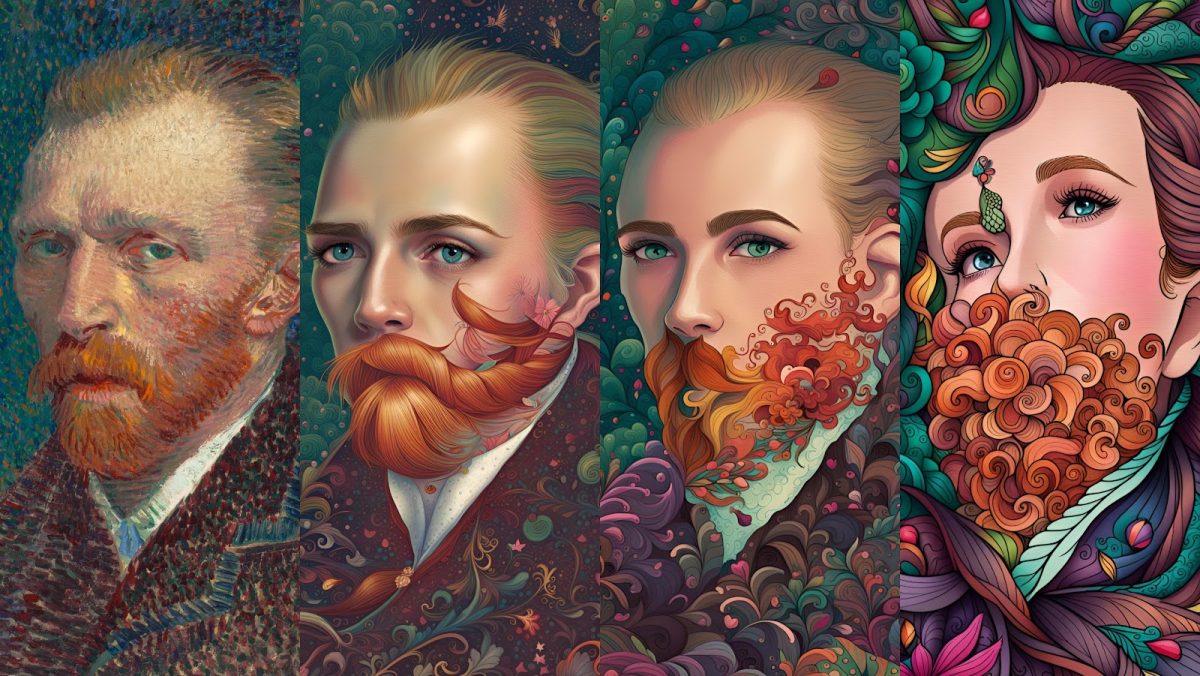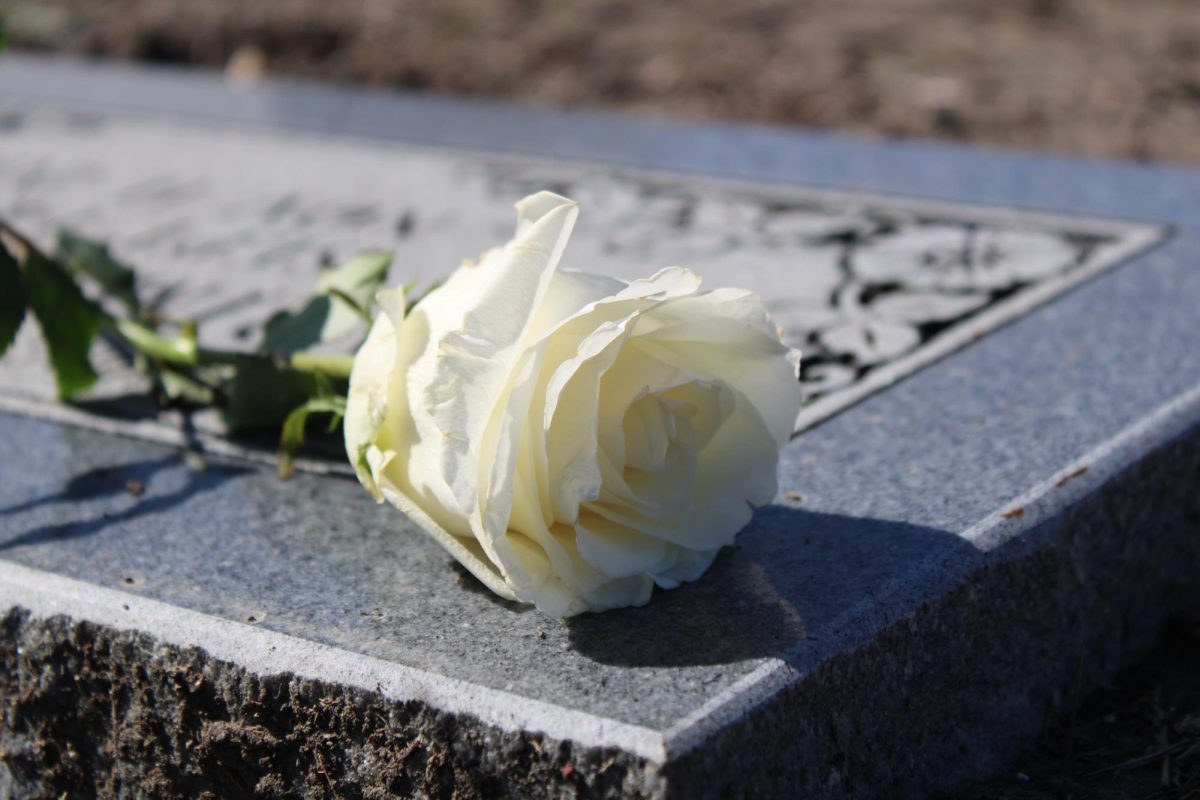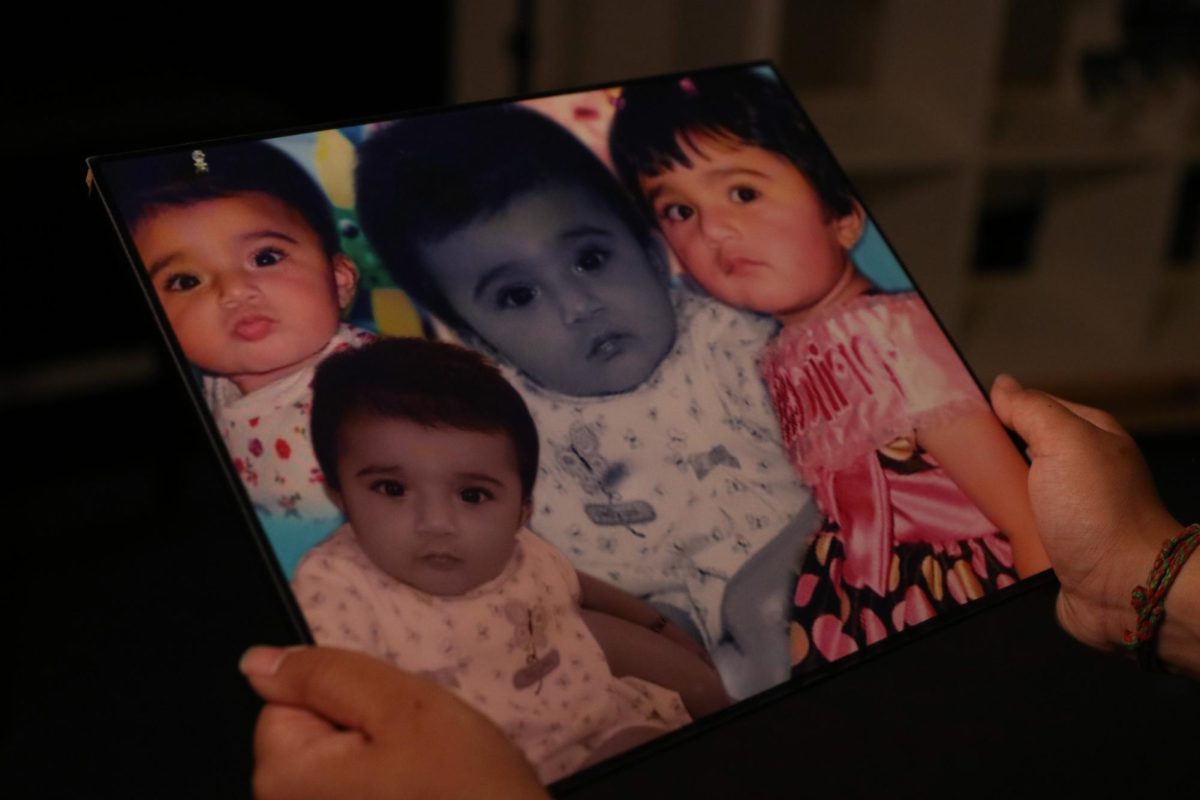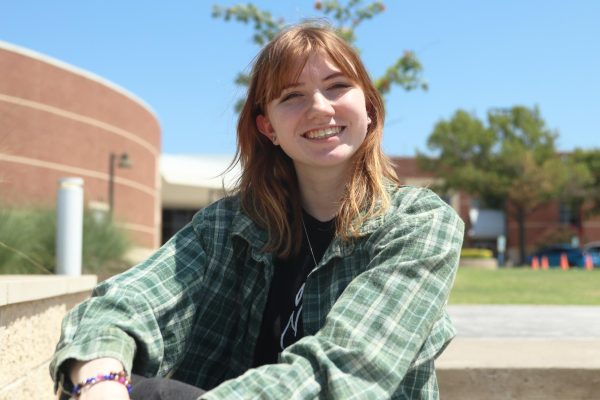Generative Artificial Intelligence (AI) refers to AI used to generate images automatically. Anybody can insert a reference image, an art style or a prompt and the AI will use its pattern recognition to create a picture.
But images made by an AI are not real artwork.
Defined as “the expression or application of human creative skill and imagination” by Oxford Languages, art must be human. Because AI isn’t human, AI art can’t be real art by definition. No human experience can be represented by AI; it’s just an algorithm taking parts of other artworks and fusing them together into a mess of replicated artistic expression.
These artworks require little-to-no skill and commonly have mistakes in them, such as incorrect lighting or objects that don’t make sense. Even so, AI-generated images have won competitions against actual artwork created by humans. Human artists can pour their heart onto a canvas through deep and meaningful artwork. An algorithm can never replicate this kind of art, as there is no true life in an artwork produced by AI.
AI art can even be harmful to the art industry. As these AIs become precise and refined, the practice of commissioning artists could become obsolete. It wouldn’t be efficient for companies to commission an artwork done by a human when AI could create an artwork of similar quality in less time at a cheaper price. Artists and musicians, such as Ruth Stella Lingford and Yosvanny Terry, have also addressed this issue regarding AI: that though it lacks emotion, companies are still replacing human artists with AI to compose music or assist in animation.
Generative AI trains its algorithm by stealing millions of artworks that were scraped from the internet without consent from the artists, and replicates the patterns it sees to create an image. Companies, such as Midjourney and Stability AI, have even been sued by various professional artists in the past due to their AI tools stealing their work to train themselves.
Though there are many negatives of generative AI, it’s not all harmful. When people use AI to create reference photos or help brainstorming, that’s fine, because it doesn’t take away any jobs or disrespect artists. However, using generative AI becomes unethical when people cross the line and claim that the images they generate are real pieces of art.










